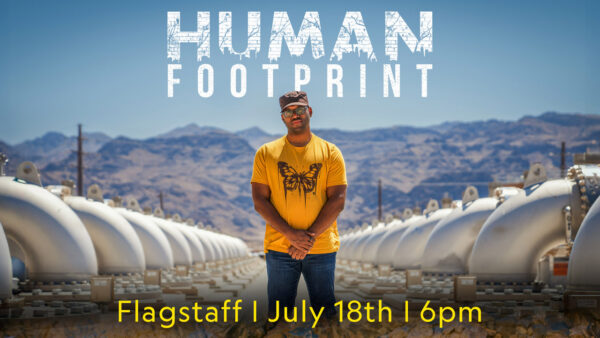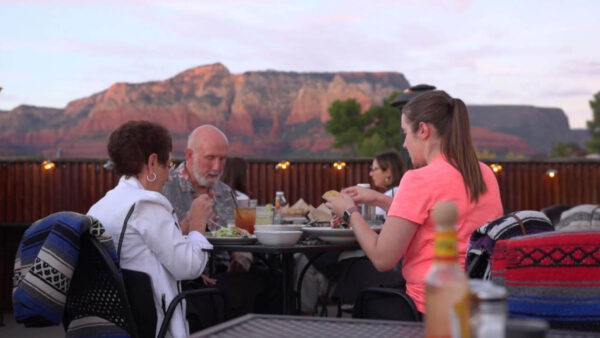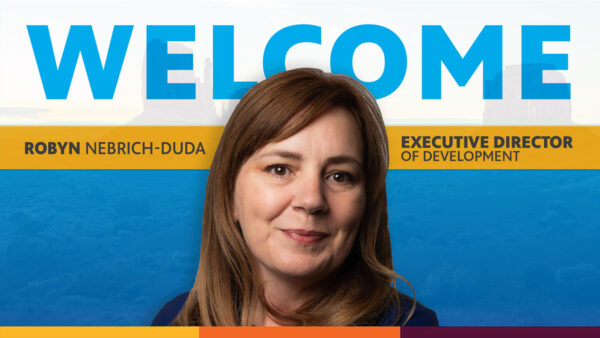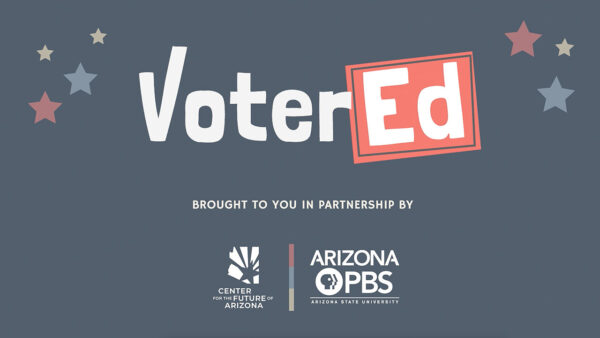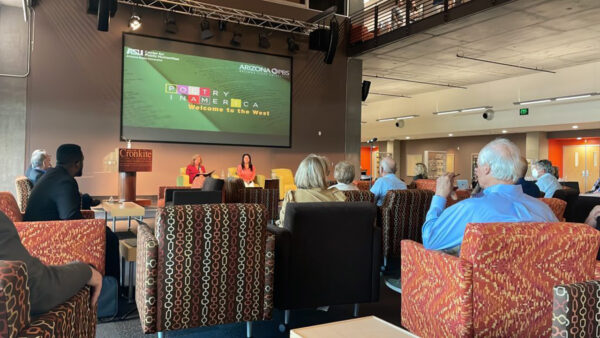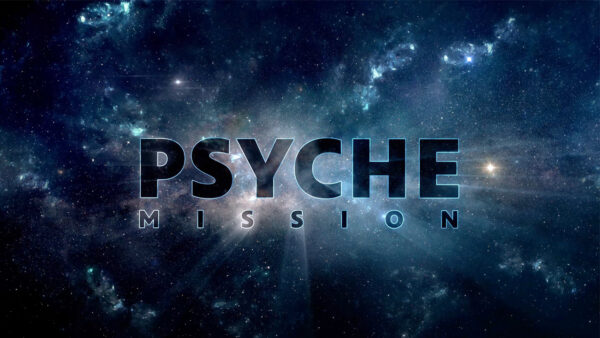Bones of Turkana
May 16, 2012
– New National Geographic Special Follows 40 Years of Digging, and Discoveries in Dramatic African Landscapes
by Legendary Leakey Family to Unearth Clues to Man’s Origins –
“If you get to the point that you couldn’t care less about the evolution of a buffalo or a butterfly, you are probably somewhat of an intellectual pygmy. I think it’s fascinating how life has come into existence! I think it’s incredible what has happened.”
It is this brand of provocative enthusiasm that, for 40 years, has driven the indomitable Richard Leakey to search for man’s beginnings. And it is this same attitude that powers a new National Geographic Special on PBS that explores the work, discoveries and the mind of the famed paleo-anthropologist, conservationist, statesman and provocateur. Along the way we meet the Leakey family — his wife Meave and daughter Louise — and other critical players who have staked their camps and their careers on the ancient shores of a desert lake in northern Kenya’s Turkana Basin to dig up the story of humanity.
Bones of Turkana, the stunning new National Geographic Special premiering Wednesday, May 16, 2012 at 9 p.m. on Eight, follows Richard’s astonishing life and investigates four decades of exploration and discovery in Africa, alongside Meave and Louise, both paleontologists and National Geographic Explorers-in-Residence. The film is both a portrait of a remarkable family and a dramatic tale that spotlights the new work being done today by world-famous fossil-hunters of the Turkana Basin Institute team as they explore along the harsh, arid shores of one of Earth’s largest desert lakes. It’s a setting so stark, it’s hard to imagine we ever called it home. But the fossil evidence says we did.
“I believe we have at Turkana a remarkably complete record of the last four million years,” says Leakey. “I’m absolutely certain that Turkana is the key to understanding humanity.”
Cinematic and breathtaking, Bones of Turkana is shot in HD in the extraordinary light of Kenya’s Great Rift Valley. Cutting edge CGI animation depicts hominids in motion, the cognitive leaps involved in early stone tool-making, and climate changes in the region over millions of years. Music from celebrated Africaphile Paul Simon combines with the voices of the Kenyan Boys Choir to create an ethereal and unforgettable soundtrack befitting this story of a passionate search for truth in the Kenyan desert. The documentary has already been recognized with two major awards at the International Wildlife Film Festival: a Special Jury Award and Best in Category.
To capture the stunning visuals and expansive story, producer/director/writer John Heminway — also the filmmaker behind Richard Leakey’s first documentary in Africa in 1972 — teams with co-producers J.J. Kelley and Katherine Carpenter, and John Bredar, National Geographic Specials senior executive producer.
“Richard Leakey is one of a kind. He has an uncanny, intuitive sense of our origins. His theories begin as radical conceptions, often criticized, only to later become mainstream gospel. He’s brilliant — and fun to watch,” said Bredar. “There is, I think, a Leakey gene. It means you are dogged, frank, brave and smart. So it’s no wonder National Geographic Society has been funding this family of explorers and scientists for three generations, beginning with Richard’s parents, Louis and Mary — and continuing today with our support of Meave and Louise. They are legendary.”
The Leakeys’ major finds are legion and critical to understanding our oldest human ancestors — including a famous fossil called “Turkana Boy,” a 1.5 million year old skeleton of a teenager from a species called Homo erectus (the most complete specimen ever found of our closest ancestor); Homo habilis, which means “handy man” and who was using tools 1.9 million years ago; and Meave Leakey’s discovery of Australopithecus anamensis, one of their most remarkable finds and the earliest biped ever found at 4.2 million years.
The new aim is to find in the bones of Turkana evidence of the basic, most definitive traits that make us human. Aiding Leakey in his quest are scientists from around the world who have also chosen to focus their efforts on Turkana Basin. French archeologist Helene Roche, American geochemist Thure Cerling, Cambridge University anthropologists Marta Lahr and Rob Foley come each year with their teams to hunt for bones and stones around Turkana. Their mission: to find evidence of these critical stages of human evolution — bipedalism, tool-making and language — and when these traits arose in the fossil record of Turkana. Together, these scientists paint an indelible picture of the transformation of a species — ours —from a tree-swinger to a fast-running, quick-thinking, stone-tool-making linguist with a special gift.
“Richard believes Turkana holds many secrets that he is hoping to expose to the world, revelations about our past, and prophesies about our future,” said filmmaker Heminway.
Bones of Turkana features unprecedented revelations. New geologic and climate data for the first time present a picture of how Lake Turkana has evolved over the last four million years, showing how the presence of water has always been critical to our evolution. Because the search for clues is both a scientific and deeply personal journey, Leakey also takes a sample of his own DNA to send to the Genographic Project, a genetic mapping initiative, which will reveal his deep ancestral past and trajectory out of Africa. The cameras are there as he learns the results.
Media Contact: Colleen O’Donnell Pierce
[email protected]
(602) 496-0579
(602) 478-3867 (cell)
Visit azpbs.org/pressroom
About Arizona PBS
Arizona PBS is a trusted community resource. For over 52 years, the PBS station has focused on educating children, reporting in-depth on public affairs, fostering lifelong learning and celebrating arts and culture. Arizona PBS achieves its mission through the power of non-commercial television, the Internet, educational outreach and community-based initiatives. Its signal reaches 80 percent of the homes in Arizona. With more than 1 million viewers weekly, Arizona PBS consistently ranks among the most-viewed public television stations per capita in the country. For more information, visit azpbs.org or follow us on Facebook, Twitter, Google+, Instagram, Pinterest or Tumblr.
Arizona PBS is a member-supported community service of Arizona State University and the Walter Cronkite School of Journalism and Mass Communication.
)


